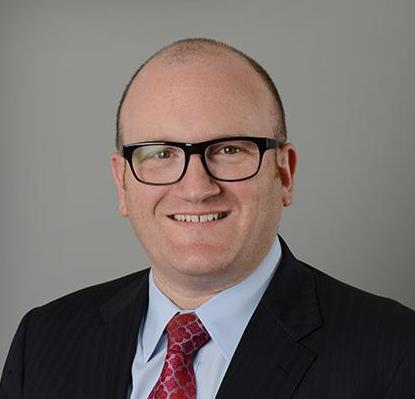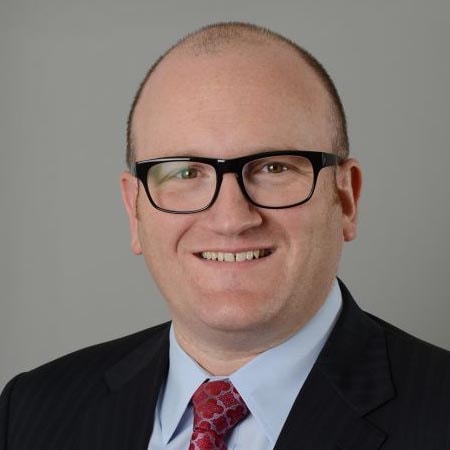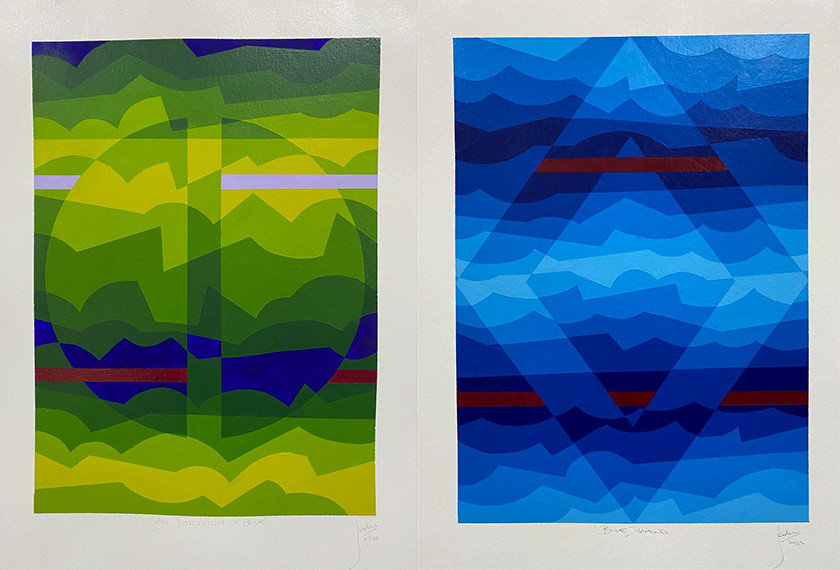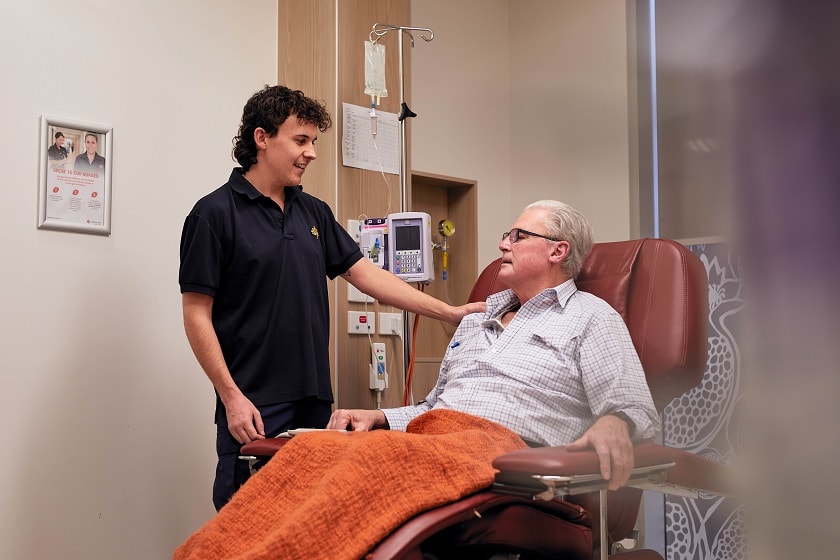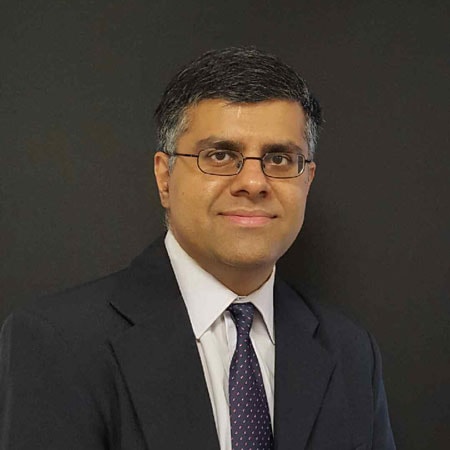Skin cancer, for the most part, occurs when cells in the outer layer of your skin, the epidermis, are damaged, most commonly by UV radiation. In Australia, our outdoor lifestyle means most of us are exposed to plenty of opportunities for the sun to damage our skin.
How common is skin cancer in Australia?
Australia has some of the highest rates of skin cancer in the world; two out of three people will have had at least one skin cancer treated by the time they are 70.
How is it treated?
In most cases, the first step is identifying the type of skin cancer as there are a number of ways to address skin cancer and it can depend on which type you have. Whilst simply looking at a suspicious lesion can give you some degree of certainty in your diagnosis, performing a biopsy is the only way to be sure of which type you have.
Once a diagnosis is made, a treatment plan can be implemented. Whilst small lesions can be excised and the wound simply sutured together, others require a more complex reconstruction to preserve form and function.
What is a flap?
A piece of tissue which has its own blood supply. After a skin cancer has been surgically removed a patient is left with a hole or ‘defect’.
The first step in reconstructing this defect is to determine what is missing. Depending on where on the body the defect is, there can be subtle variations in skin texture, colour, thickness and contour.
Flaps come in various shapes and size, and can be located close to the defect (local flaps) or on a separate part of the body (distant flaps). Your surgeon will anticipate the defect that will arise following excision of the lesion and choose a flap that best restores the anatomical form, and in some cases, will restore or preserve function.
What is a skin graft?
A skin graft, unlike a flap, does not have its own blood supply. A graft relies on the available blood supply in the defect created by excising the skin cancer.
When your surgeon takes a graft it can come from just the outer layers of the skin (a split thickness skin graft) or all the layers (a full thickness skin graft). Which is used depends on the defect and what the surgeon is trying to reconstruct.
When your surgeon takes a graft it can come from just the outer layers of the skin (a split thickness skin graft) or all the layers (a full thickness skin graft). Which is used depends on the defect and what the surgeon is trying to reconstruct.
Do I need a graft or a flap to reconstruct my skin cancer?
Your surgeon will anticipate the defect that will arise from the excision of the lesion. If the thickness of the excised tissue, and therefore the defect, is more than a few millimetres then a skin graft is usually not suitable. Whilst the wound will heal, a large pit will be left behind in the skin, this is particularly unacceptable when reconstructing defects on the face. In this instance a flap will be needed. In saying that, on some parts of the nose, the eyelids and the ears, where the skin is very thin a graft is the perfect option to restore form and function.
How can skin cancer be prevented?
Follow the ‘slip, slop, slap’ campaign. Slip on a shirt, slop on sunscreen and slap on a hat when outside. As cumulative sun exposure seems to be the problem, make sure your kids slip, slop and slap every day.
How do I know if I have skin cancer, I have ‘spots’ all over me?
Your GP is the best person to see for a skin check. We are fortunate in central Victoria to have excellent GPs who are all familiar with identification and management of suspicious lesions.
About the author
Dr Broughton Snell (FRACS Plast) is a plastic surgeon who operates at St John of God Bendigo Hospital. He has a special interest and training in craniomaxillofacial surgery.

